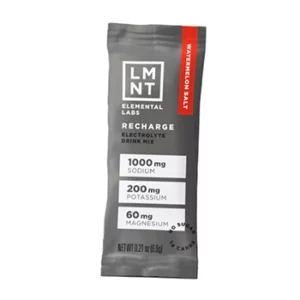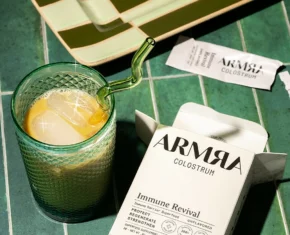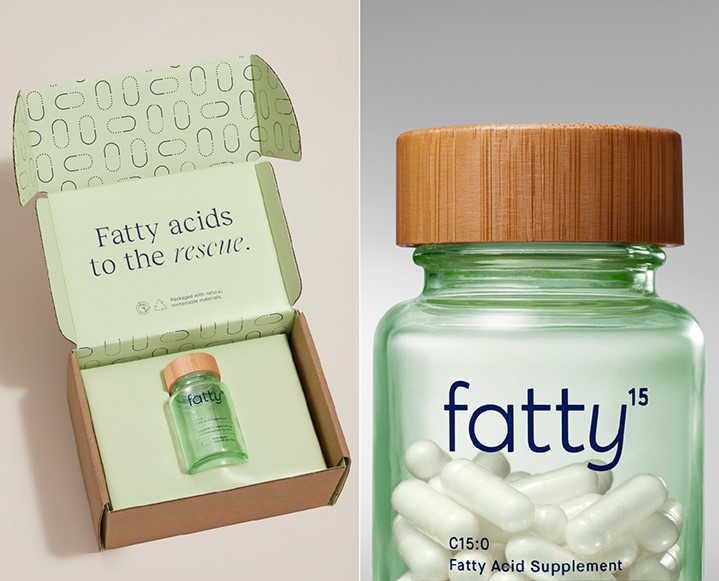So, we literally published this story for you around Halloween of last year because cupping is that creepy-looking. But with the recent popularity of cupping at the Rio Summer Olympics (thanks, Michael Phelps – – and congrats!) we thought this story deserved a fresh visit….
Let’s talk about it: that detoxifying wellness practice that leaves giant red sucker marks up and down the backs of some of those hard-core girls in your yoga class. If all the unusualness of cupping still has you too freaked out to try it, we’re hoping this list of benefits will give you the guts to try this beneficial practice for yourself…
Cupping is a holistic and ancient medical therapy that has been used for millennia in traditional Chinese medical as well as by Egyptian and Middle Eastern cultures. Glyphs of cupping practices have even been uncovered on Egyptian temple walls, and the oldest medical textbook dates this therapy at 1,550 B.C.
The practice involves the use of a lightweight cup or bowl that is heated and suctioned to the skin and tissue, stimulating blood flow to that particular area.
A cupping session is short and typically ranges from 5-15 minutes. The suction is produced by the flame consuming the oxygen in the cup or bowl.
for swelling and pain:
Cupping has traditionally been used to address issues of chronic pain, ranging from arthritis, abdominal and menstrual cramps, or pain and swelling in places with limited mobility. Without pain pills or surgery, cupping has been an effective therapy for these complaints.
The logic behind the process is that the suction over the area of pain will help to draw out toxins and congested blood, which in turn reduces swelling and increases overall circulation of the area, replenishing tissues with oxygen-rich blood, and thus accelerating healing and recovery like magic.
for respiratory health:
Cupping is also said to ‘open’ the lungs by drawing toxins and mucus to the surface of the skin, allowing air to flow more fully through the lungs. Issues from asthma, bronchitis, coughs, colds, and other respiratory complaints may see drastic improvement in a single session. In traditional Chinese medicine, cupping is said to help dispel cold, dampness and wind, making it an essential tool to make it through the fall and winter cold and flu season.
for improved mood:
While it may take some getting used to at first, cupping is actually quite a relaxing processes that has also been used to treat insomnia, anxiety, mood swings and depression. Working to relax the body and mind, cupping restores balance and hormone levels by unblocking qi and activating stagnant energy.
with acupuncture:
Cupping uses the same meridians or energetic channels as acupuncture, so it’s no wonder that cupping in conjunction with acupuncture creates an even more effective practice. Cupping works almost like a reverse massage that can affect the tissues nearly four inches under the skin, while acupuncture pinpoints and directly hits points on the meridians. When our qi, or life force, is strong and free-flowing, so are we.
you've got moxi:
Moxibustion or the burning of moxi, also known as mugwort is also a common practice in both cupping and acupuncture to additionally help to relieve pain, warm the body and improve circulation. Often a piece or cone of moxi is placed over an acupuncture point and burned until the patient feels the heat, when it is then removed. Moxi has been used in traditional Chinese medicine to help with cold and stagnant conditions.
what our skin tells us:
While painless, bruising of some sort is common with cupping and can also be used as a helpful tool in diagnosis by the practitioner. Energetically speaking,
- Bruising is a sign of blood stagnation
- Redness shows heat in the body
- Water bubbles under the skin can be a sign of dampness in the body
- No marks may be a sign of stagnant energy or qi
practice, practice, practice:
As with most therapies, cupping becomes more effective the more you do it. This is because you are manipulating the muscle and stretching the fascia, or connective tissues. It only makes sense that the more these areas are activated and strengthened, the more ‘muscle memory’, so to speak, you will have, and the more improvement you will feel.
We want to hear from you! Have you tried cupping yourself? If so, we want to know how’s it benefited you…















